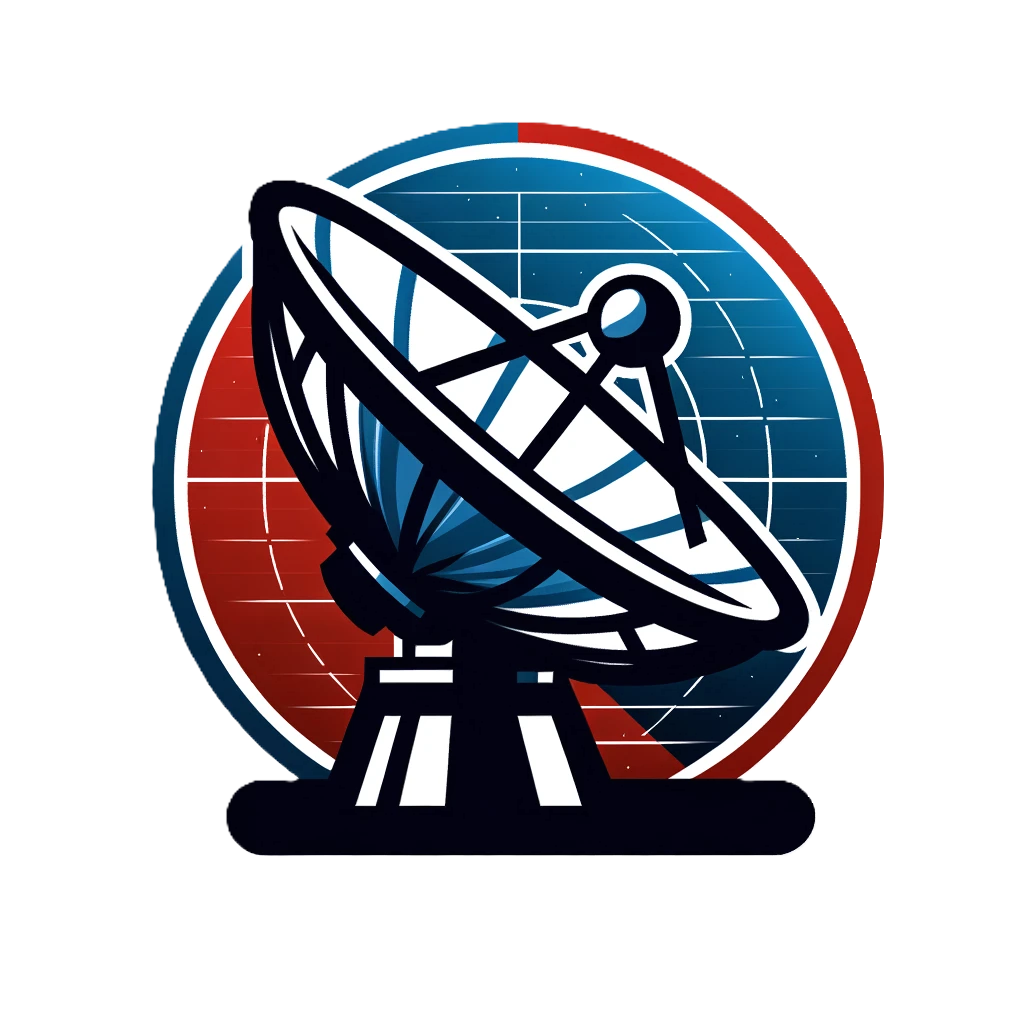In today’s fast-paced digital world, Software as a Service (SaaS) has emerged as a crucial asset for businesses of all sizes. In 2023 alone, the global SaaS market was valued at approximately $261.2 billion, reflecting its rapid adoption across industries. SaaS solutions offer significant advantages such as cost-effectiveness, scalability, and access to the latest technologies without the need for extensive in-house resources. These products play a vital role in driving business growth and innovation, whether by streamlining operations or enhancing customer engagement.
However, with over 15,000 SaaS products currently available, choosing the right solution can be overwhelming. Businesses must sift through countless options, each offering unique features and benefits. The challenge is identifying which SaaS product best aligns with specific business needs and objectives. A poor choice can result in wasted resources, inefficiencies, and missed opportunities.
This is where a comprehensive SaaS Evaluation Guide becomes invaluable. By following a structured approach to evaluating SaaS products, businesses can make informed decisions that enhance their operations and drive success. This guide will walk you through the essential steps and considerations to help you select the right SaaS solution tailored to your needs.
1. SaaS Evaluation Guide: Understanding Your Business Needs
The first step in evaluating SaaS products is to thoroughly read this SaaS Evaluation Guide and define your business requirements. Start by identifying your business’s core objectives with the SaaS solution. For example, according to recent statistics, 54% of companies use SaaS to increase productivity, while 35% focus on reducing costs, and 27% aim to enhance security. Whether your goal is to improve productivity, enhance customer service, streamline operations, or support remote work, understanding the specific problems you need to solve will guide your selection process. Engage with various stakeholders, including team members from different departments, to gather a comprehensive list of needs and expectations, as nearly 68% of companies now consider themselves intermediate or advanced in their use of cloud-based SaaS.
Identify Key Functionalities Needed in a SaaS Product
Once you have a clear understanding of your business requirements, the next step is to identify the key functionalities that the SaaS product must have. Consider the following aspects:
- Core Features: What are the must-have features that will address your primary business needs? For example, if you’re looking for a CRM, essential features might include contact management, sales tracking, and customer support capabilities.
- User Experience: How intuitive and user-friendly is the software? Ensure that the SaaS product is easy to navigate and requires minimal training for your team.
- Customization: Can the software be tailored to fit your specific workflows and processes? Look for solutions that offer customization options to better align with your unique business model.
- Reporting and Analytics: Does the software provide robust reporting and analytics tools? These are crucial for tracking performance, making data-driven decisions, and demonstrating ROI.
- Integration: Can the SaaS product seamlessly integrate with your existing systems and tools? Integration capabilities are vital to ensure smooth data flow and avoid operational silos.
It’s also important to define the size of your business, if you have a small one, you might be also intrested in a Top Saas Tools for small businesses guide.
Discuss the Importance of Scalability and Flexibility
In today’s dynamic business environment, scalability and flexibility are critical factors to consider when choosing a SaaS product. Your business needs will evolve, and your software solution must be able to grow and adapt accordingly.
- Scalability: Ensure that the SaaS product can scale with your business. This means it should be able to handle an increasing number of users, larger data volumes, and more complex processes as your business expands. Look for solutions that offer flexible pricing models that can accommodate growth without significant cost increases.
- Flexibility: The software should be flexible enough to adapt to changing business requirements and market conditions. This includes the ability to customize features, add new functionalities, and integrate with emerging technologies. Flexible SaaS solutions can help your business stay agile and competitive in a constantly changing landscape.
2. SaaS Evaluation Guide: Research and Shortlist Potential SaaS Solutions
Conducting thorough initial research is crucial for narrowing down your options and finding the most suitable SaaS solutions for your business. Start by leveraging online resources such as SaaS evaluation guide, comparison websites, industry blogs, and technology forums. These platforms provide a wealth of information on various SaaS products, including feature lists, pricing models, and user reviews.
- Identify Reputable Sources: Begin with trusted sources like G2, Capterra, and Software Advice, which offer detailed comparisons and user feedback.
- Check Industry Publications: Look for articles and reviews in industry-specific publications and websites. These often provide insights into the latest trends and top-rated solutions.
- Attend Webinars and Virtual Events: Participate in webinars, online demos, and virtual conferences hosted by SaaS vendors or industry experts. These events can provide in-depth information and live demonstrations of the software.
Choosing the Right SaaS
When choosing the right SaaS, it’s essential to align the product capabilities with your business needs. This involves a careful examination of the features, pricing, and potential ROI. Create a checklist based on your defined requirements and use it to compare different solutions systematically.
- Feature Comparison: List the key features your business needs and compare them across different SaaS products. Ensure the solutions you’re considering offer the essential functionalities identified in your requirements.
- Cost Analysis: Evaluate the pricing structures of different SaaS options. Consider not only the subscription costs but also any additional fees for extra features, user licenses, or support services.
- Scalability and Flexibility: Assess whether the SaaS solutions can scale with your business growth and adapt to changing needs. This is crucial for long-term value and sustainability.
Tips on Reading Reviews and Comparing Features
Reading reviews and comparing features is a critical step in the SaaS evaluation guide process. Here are some tips to make the most out of this research phase:
- Look for Detailed Reviews: Focus on reviews that provide specific details about the user experience, pros and cons, and how the product has helped the business.
- Check Multiple Sources: Read reviews on multiple platforms to get a well-rounded view of the product’s performance and reputation.
- Identify Common Themes: Pay attention to recurring themes in reviews, such as frequent mentions of excellent customer support or common issues with certain features.
- Watch for Red Flags: Be cautious of consistently negative feedback about critical aspects like uptime reliability, customer service, or hidden costs.
Mention the Significance of User Feedback and Testimonials
User feedback and testimonials are invaluable resources when researching SaaS products. They provide real-world insights into how the software performs in different business contexts.
- Authenticity: User testimonials often come from businesses similar to yours, providing a more relatable perspective on the software’s effectiveness.
- Use Cases: Feedback can highlight specific use cases and scenarios, helping you understand how the software might function in your business environment.
- Performance Metrics: Testimonials can offer details on performance metrics, such as time saved, increased productivity, or improved customer satisfaction.
- Vendor Relationship: User feedback often includes experiences with the vendor’s support and service quality, which is crucial for ongoing satisfaction and problem resolution.

3. SaaS Evaluation Guide: Key Evaluation Criteria
When evaluating SaaS products, it’s essential to focus on the functionality and features that are crucial for your business operations.
- Must-Have Features: Identify the core functionalities that are non-negotiable for your business. For instance, if you are looking for project management software, critical features might include task management, collaboration tools, time tracking, and reporting capabilities. Ensure the SaaS product can deliver on these fundamental needs.
- Usability and User Interface: The usability of the software significantly impacts user adoption and productivity. Evaluate the user interface (UI) for intuitiveness, ease of navigation, and overall user experience (UX). A well-designed UI reduces the learning curve and enhances efficiency, allowing your team to make the most of the software’s capabilities with minimal training.
Integration Capabilities
Integration capabilities are vital to ensure seamless operation within your existing tech ecosystem.
- Compatibility with Existing Systems: Assess how well the SaaS product integrates with your current software and systems. Compatibility is crucial to prevent data silos and ensure smooth workflows. Look for solutions that support integration with commonly used tools and platforms in your business.
- API Availability and Third-Party Integrations: Check if the SaaS product offers robust APIs (Application Programming Interfaces) and supports third-party integrations. APIs allow different software applications to communicate and work together, enhancing the functionality of the SaaS product. Popular integrations might include CRM systems, ERP solutions, marketing automation tools, and accounting software.
Security and Compliance
Security and compliance are critical considerations when choosing a SaaS product, as they directly impact data protection and regulatory adherence.
- Data Protection Measures: Ensure the SaaS product employs strong data protection measures such as encryption, regular security audits, and secure data centers. Data breaches can have severe repercussions, so it’s vital to choose a solution that prioritizes security.
- Compliance with Industry Standards: Verify that the SaaS product complies with relevant industry standards and regulations, such as GDPR (General Data Protection Regulation) for data privacy or HIPAA (Health Insurance Portability and Accountability Act) for healthcare data. Compliance ensures that your business meets legal requirements and avoids potential fines or penalties.
Cost and Pricing Model
Understanding the cost and pricing model of SaaS products helps you make an informed financial decision.
- Compare Pricing Plans: Evaluate different pricing plans offered by the SaaS vendors. Common models include subscription-based pricing, pay-as-you-go, and tiered pricing based on features or usage. Compare these plans to determine which offers the best value for your business needs.
- Total Cost of Ownership: Consider the total cost of ownership, which includes not just the subscription fees but also additional costs such as setup fees, training expenses, and potential costs for extra features or increased usage. Be wary of hidden fees that could inflate the overall cost. It’s important to choose a pricing model that aligns with your budget and provides a clear understanding of future expenses.
4. SaaS Evaluation Guide:Vendor Support and Reputation
Effective customer support is a critical aspect of any SaaS solution, ensuring smooth operation and quick resolution of issues.
- Availability and Accessibility: Evaluate the availability of the vendor’s customer support. Look for options like 24/7 support, multiple communication channels (phone, email, chat), and response time commitments. Reliable support should be easily accessible whenever you need assistance.
- Quality of Support: Assess the quality of the support services. Consider factors like the knowledge and helpfulness of the support team, their ability to resolve issues promptly, and customer satisfaction ratings. It’s beneficial to test the support during the trial period to gauge their responsiveness and effectiveness.
- Support Resources: Check if the vendor provides comprehensive support resources such as FAQs, knowledge bases, user guides, and community forums. These resources can help users find answers quickly and reduce dependency on direct support for common issues.
Importance of Reliable Technical Support and Training
Reliable technical support and training are essential for maximizing the value of your SaaS investment.
- Technical Support: Effective technical support ensures that any technical issues or disruptions are addressed swiftly, minimizing downtime and maintaining business continuity. Evaluate the vendor’s capability to handle technical problems, including the availability of dedicated technical support teams and their expertise.
- Training Programs: Proper training is crucial for the successful adoption and optimal use of the software. Assess the vendor’s training offerings, which may include on-site training, online courses, webinars, and training materials. Ensure that the training programs are comprehensive and tailored to different user roles and skill levels.
- Onboarding Assistance: Look for vendors that offer robust onboarding assistance to help your team get started with the software quickly and efficiently. This may include setup support, data migration services, and personalized onboarding sessions.
Look into the Vendor’s Market Reputation and Stability
The vendor’s market reputation and stability are key indicators of their reliability and long-term viability.
- Market Reputation: Investigate the vendor’s reputation in the market. Look for reviews and ratings on trusted platforms like G2, Capterra, and Trustpilot. Pay attention to feedback from customers in similar industries or with similar needs. A vendor with a positive reputation is more likely to provide reliable and effective solutions.
- Customer Testimonials and Case Studies: Review customer testimonials and case studies provided by the vendor. These offer insights into real-world applications of the software and the vendor’s ability to deliver on their promises. Look for success stories that demonstrate the software’s impact and the vendor’s support quality.
- Industry Recognition: Check if the vendor has received any industry awards or recognitions. This can be a good indicator of their innovation, reliability, and market leadership.
Financial Stability: Evaluate the financial stability of the vendor. A financially stable vendor is more likely to invest in product development, support, and long-term improvements. Consider factors like the vendor’s growth rate, profitability, and investment in research and development.

